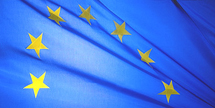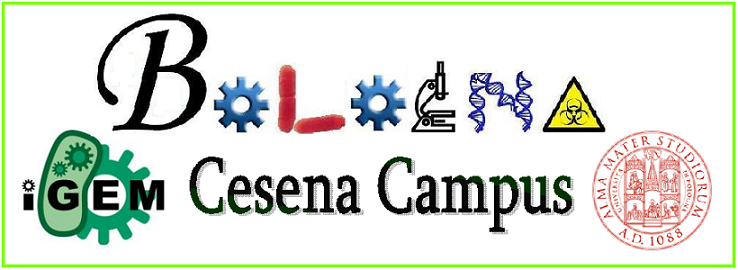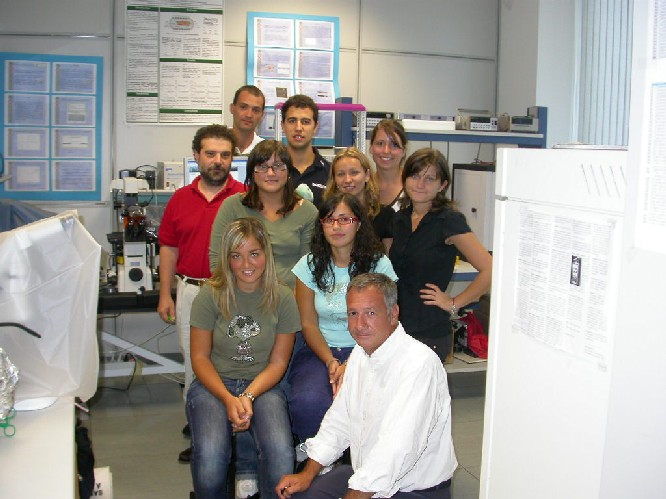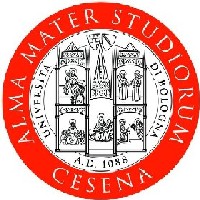Bologna
From 2007.igem.org
"Ὁ βίος βραχὺς, ἡ δὲ τέχνη μακρὴ, ὁ δὲ καιρὸς ὀξὺς, ἡ δὲ πεῖρα σφαλερὴ, ἡ δὲ κρίσις χαλεπή"
"Vita brevis, ars longa, occasio praeceps, experimentum periculosum, iudicium difficile"
"Art is long, life is short, opportunity is fleeting, experience is deceitful, judgement is difficult"
"La vita è breve, l'arte è lunga, l'occasione fuggevole, l'esperimento pericoloso, il giudizio difficile"
(Aforisma di Ippocrate di Coo)
Contents |
About Us
Welcome to Bologna’s IGEM Wiki!
Our team consists of Francesco Pasqualini, Guido Costa, Iros Barozzi, Silvia Tamarri, Francesca Buganè, and Michela Mirri, all soon-to-be juniors majoring in Biomedical Engineering at Bologna University; and Alice Pasini, a just graduated student.
We are advised by [http://www.ing2.unibo.it/Ingegneria+Cesena/Strumenti+del+Portale/Cerca/paginaWebDocente.htm?NRMODE=Published&TabControl1=TabContatti&UPN=emanuele.giordano%40unibo.it Dr Emanuele Giordano], Lecturer in Biochemistry and [http://www-micro.deis.unibo.it/cgi-bin/user?tartagni Prof. Marco Tartagni], Professor of Electronics. We are grateful to our advisors for their time and support!
Our instructors are [http://www.ing2.unibo.it/Ingegneria%20Cesena/Strumenti%20del%20Portale/Cerca/paginaWebDocente?UPN=silvio.cavalcanti@unibo.it Prof. Silvio Cavalcanti], Professor of Biomedical Engineering, Francesca Ceroni, Graduate student in Pharmaceutical Biotechnologies, Sara Montagna, Graduate student in Biomedical Engineering and [http://www-micrel.deis.unibo.it/~christine/ Christine Nardini], PhD in Bioengineering.
Our Project
Introduction
Our goal is the realization of a genetic circuit able to implement the functionality typical of an electronic device called Schmitt Trigger.
Pardon me, what do you mean? (AKA Functional Requirements) The main characteristics of this device is to be a “smart” switch. A switch is a device that, given a change in some environmental condition causes an appropriate modification in the output, for instance the output changes from on to off. Often the environmental change represents a modification of value in a parameter (input of switch) that describes the environment. The device switches for a gven value (threshold) of the input. So far so good, however, if the switch input has a value that continually even minimally changes across the threshold, the system will keep going on and off, wasting energy and leaving the system in an unstable state. To avoid all this we need a “smart” switch. Basically, this device switches for two different threshold (High and Low threshold, TH and TL respectively) depending on the history of the system. So, according to the state of the system, the threshold for switching will change. This can solve the instability problem, since the variations that cause instability now must be as high as the difference between the two thresholds (see Figure 1).
Acknowledgments
Our Team was funded by
- European Union SYNBIOCOMM project

- Ser.In.Ar. Cesena
- University of Bologna - Cesena Campus
Overview Table
| Our Team | Project Design | Project Results |
|
|




